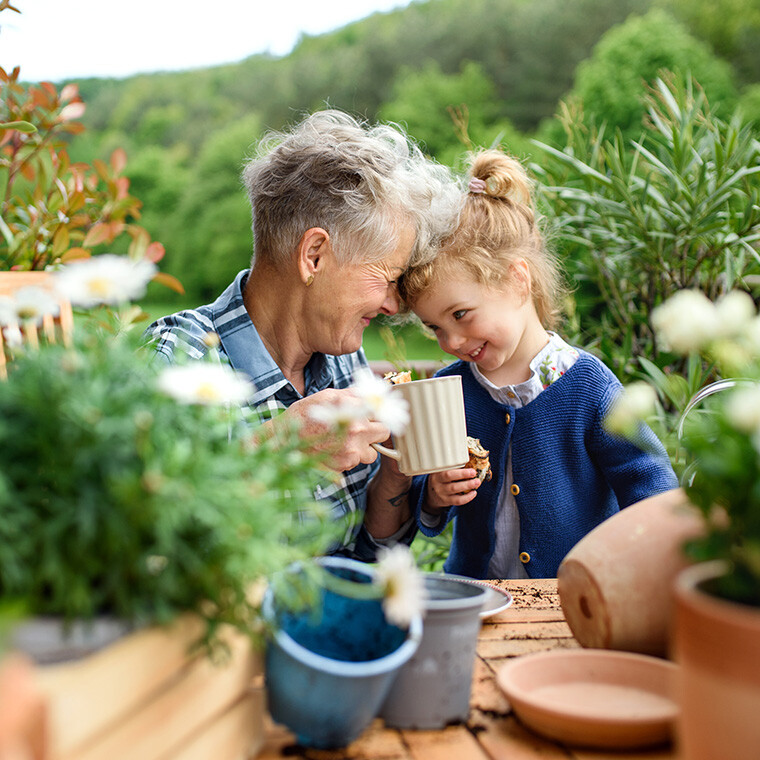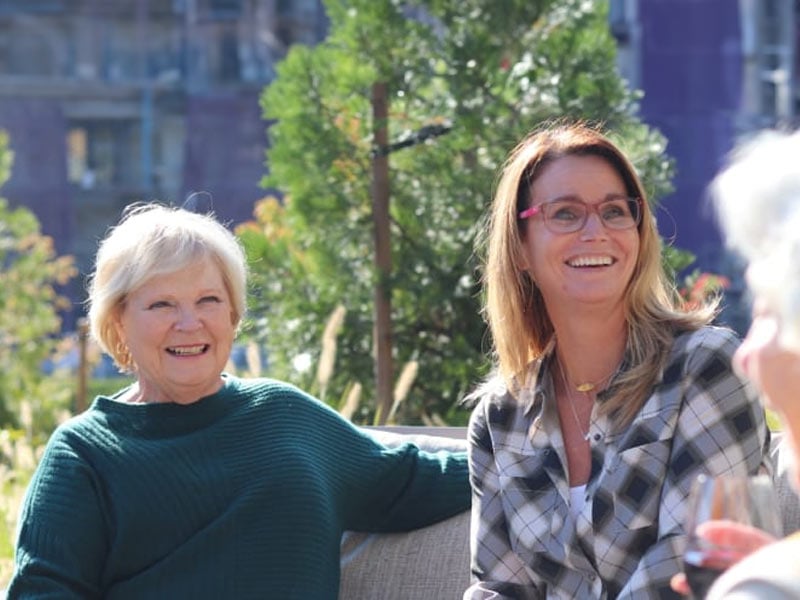For all the current enthusiasm around helping seniors stay in their homes, there are times when that is not necessarily the healthiest or best choice. Aging in place can take a physical and emotional toll that can be anything but idyllic. Increasingly, adult children are caught choosing between taking on increasing care-giving duties (and increasing worrying), or convincing a parent to move.
According to the Institute on Aging, more than 40 million Americans are now age 65+, and by 2030, as the last Baby Boomers turn 65, older adults are expected to make up 20 percent of the population. Within this aging population, 65 percent of older adults with long-term care needs, rely exclusively on family and friends to provide assistance; another 30 percent supplement family care with paid assistance.
At some point, the realities of aging in place—the chores that come along with home ownership, especially in areas with weather extremes, or managing stairs in their current home, along with obstacles—can become a real problem. What if there was another way to live?
Senior housing has come along way from the “old folks’ home” of our grandparents’ memories. In fact, senior housing today offers enormous opportunities to age in a better place. The options for today’s seniors are endless and should be explored with an open mind and careful consideration of the individual’s physical and emotional needs. One of the main worries for aging in place is that seniors spend the bulk of their days alone. In the Harvard School of Public Health (HSPH), researchers found evidence that elderly people in the U.S. who have an active social life may have a slower rate of memory decline. In fact, memory decline among the most sociable was less than half the rate among the least sociable.
The idea of not being alone seems to account for most of the improvements seen to mental as well as physical health in older adults who embrace community living over aging alone at home. “Aging in place” can be more beneficial if that “place” supports your physical, mental and emotional needs. According to the 2009 Independent Living Report by the ProMatura Group, LLC, research shows that when you become part of an independent living retirement community, you’re more likely to make new friends and try new things. In fact, most respondents reported a better experience than they expected.
Older adults today are better educated, healthier, and more financially secure than previous generations. They're also more engaged in learning and interested in contributing to their communities. A key issue to healthy aging is social integration—the extent to which a person is actively connected and engaged with their family and community. Cross-cultural evidence shows that older adults are able to maintain a fairly high level of physical and emotional well-being when they feel they have something of value to offer others whether it is their economic resources, knowledge, creative skills or cultural customs.
“Don't underestimate the power of where and how you live to sustain you, especially in the face of the increasing physical and emotional losses that come as we get into our 70s, 80s, and 90s,” says Brenda Connelly, RN and Regional Operations Director of The Springs Living. “Healthy, active environments provide opportunities for continual growth and a sense of overall well-being. Every day there is something to do, someone to meet, and supportive care if and when it is needed.” When searching for that “right place” to age in place, look for a community that promotes the physical and psychological well-being of its community residents on a daily basis.













